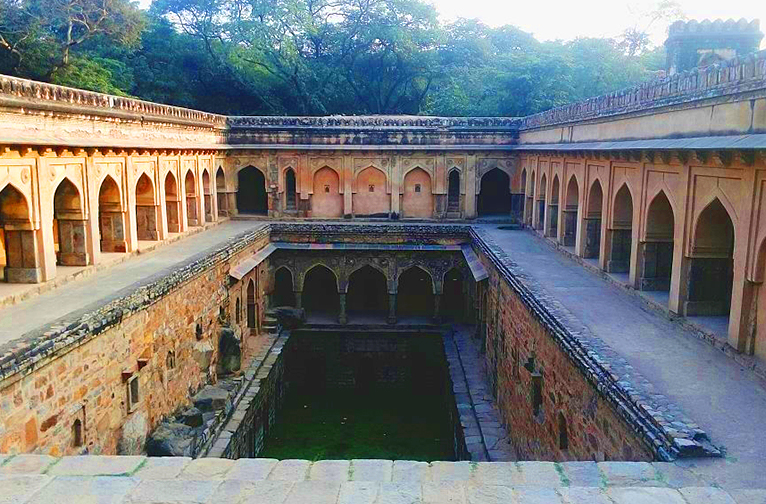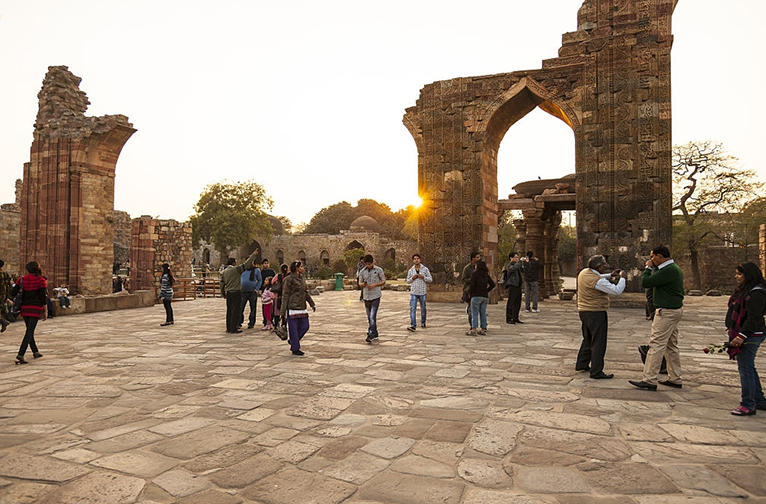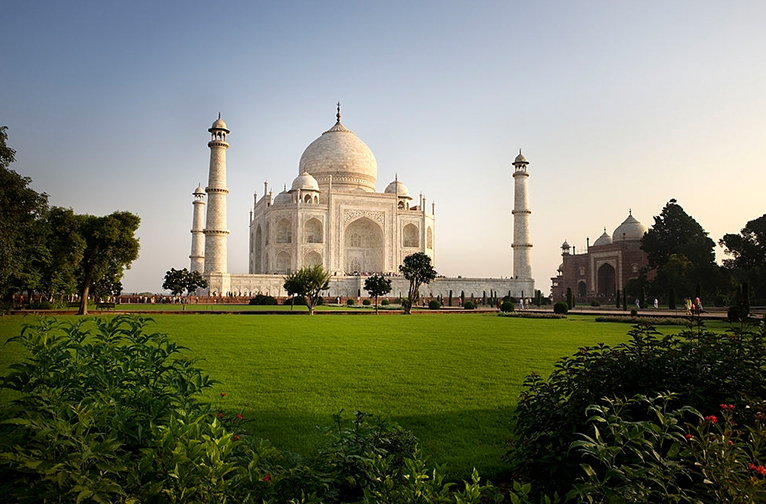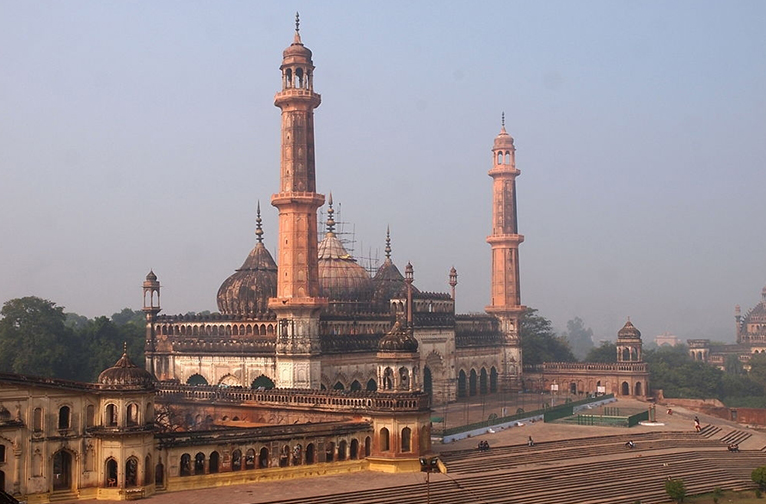India's amazing built heritage is the stuff of dreams for the history and architectural buff. If stones could speak, what stories they would reveal. Spending time at these historic spots provides a richly rewarding recap of the timelines of India's over 5000-year-old history and culture and a small window into understanding what makes this country tick.
From the ramparts of Red Fort to the gracious lines of Rashtrapati Bhavan, the President's Palace, Delhi offers visitors a veritable feast of delights when it comes to India's built heritage. A short distance from the Purana Qila stands that architectural marvel Humayun's Tomb, a memory of the second Mughal ruler of India. Shahjahanabad, the capital of Mughal Emperor Shahjehan, is rich in the atmospherics of many bygone eras it has been witness to. The new capital of the British in India, New Delhi, is awash with Raj-era heritage structures including Parliament House, India Gate, the glittery arcade of Connaught Place the bungalows around the Secretariat buildings and the Church of Redemption. Heading south towards the Qutub complex, you can explore the many treasures of the Mehrauli Archaeological Park.


Agra, the ancient bastion of the Mughals, is world-renowned for that great monument to love, the Taj Mahal, commissioned by Mughal Emperor Shahjehan for his wife, Mumtaz Mahal. Considered to be the epitome of architectural perfection in its genre, the Taj Mahal is one of India's most visited monuments. This memorial of refined elegance and exceptional craftsmanship has become a hallmark of Mughal aesthetics in the architectural landscape. Agra Fort is another UNESCO acclaimed World Heritage Site, renowned for its impressive assemblage of structures within.
Lucknow is characterised by the richness of its exceptional Islamic and British Raj-era architecture. That fantastic architectural marvel, the 18 m-high Rumi Darwaza, is modelled after the Sublime Porte in Istanbul. The amazing Bada Imambara, with its famous bhulbhulaiyah (maze), offers stunning views of the city skyline. Built in 1784 by Nawab Asaf-ud-Daula as a venue for Shi'ite religious discourses, it is also home to the massive Asfi Mosque. Other treasures are the Hussainabad and Shah Najaf imambara. Other unmissable spots are Dilkusha Palace, which lies in ruins; Nawab Wajid Ali's Qaiserbagh —the Versailles-style, royal palace, mostly destroyed during the Uprising; Bibyapur Kothi, Roshanuddaulah Kothi and the Chhatar Manzil. At the British Residency, you can still see pockmarks of the bullets that rained upon it during the months' long siege by the Indian rebels of the 1857 Mutiny.


Hampi, now a UNESCO World Heritage Site, is the bastion of the ancient Hindu Kingdom of Vijayanagar. Though most of it lies in ruins today, it offers you a fantastic window into its historic and cultural importance. Under King Krishnadeva Raya (1509-1529 CE) of the Tuluva Dynasty, the Vijayanagara Kingdom attained its greatest heights. Hampi was laid to waste, when finally routed by the Deccan Muslim confederacy in 1565. The core zone of 42 sq km features 1600 surviving remains. The most important amongst these are the Sacred Center, Urban Core, Islamic quarters, Kamlapura and Anegundi.
There are so many cities across India that offer some of the splendid landmarks of the line-up of its historical eras. Choosing anyone should not take away from the significance of another. So, enjoy what you get to see and plan to discover others, for sure, on your next visit!